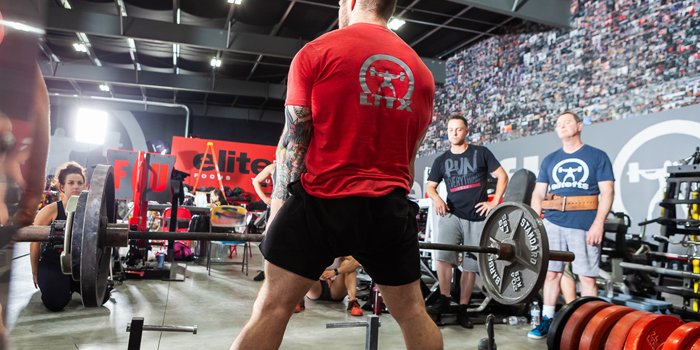
I received a lot of feedback in regard to the previous article. A lot of you were asking how to best set up the program – ask and you shall receive. I will cover one simple way and two in-depth ways to set it up.
Just a reminder, after I got some flak from the last article (even though I stated this same thing right in the beginning): this is not groundbreaking or revolutionary – it’s just a different way to approach training. It’s how I approach my personal training, and it’s what works and has worked best for me.
No Time Setup
Guidelines
- Always pick multi-joint movements
- If squat is first, a hinge exercise is second
- Horizontal pull to vertical pull (for most of you) should be 2-1
- Single-leg exercise at least once a week
I approach the warm-up the same as you will see in the advanced section: pick three exercises to fill the release, open, and stabilize categories. This can also be a good time to hit some weak points with some light volume. Don’t tire yourself out on the warm-up though – just two to three sets. Get some blood flowing.
Day 1
- Squat
- Deadlift variation
- GHR
Day 2
- Bench press
- Horizontal pull
- Biceps and triceps
Day 3
- Deadlift
- Squat variation
- Single-leg variation
Day 4
- OHP or incline press
- Horizontal pull
- Vertical pull
This has always been a linear periodization style of training. We set up the first lift utilizing the following guidelines based on Prilepin’s Chart.
- Week 1: 6x4 at 60-70%
- Week 2: 6x3 at 70-80%
- Week 3: 6x2 at 80-90%
- Week 4: 4x1 at 90+%
- Week 5: Deload week with 3x3 at 50%
Always use warm-up sets – don’t just jump into 80%, work up. The more sets and reps, the better. Your next two movements are based on your goals:
- To get big: 4-6 sets, 8-12 reps, 60-90 seconds rest
- To tone up: 4-6 sets, 10-12 reps, 60 seconds rest
- To get strong: 4-6 sets, 2-5 reps, 2-5 minutes rest
- To lose weight: 4-6 sets, 12-20 reps, 30-60 seconds rest
And that’s it. You can usually get in and out in 60-75 minutes using this set-up.
Plenty of Time Setup
You can set this up in one of two ways. The first is just a longer version of the first set-up, while the second utilizes the Conjugate Method. This is one of the best systems; your options are endless for it, as it’s one of the most adaptable systems.
Option 1
I split this up into four quarters and an occasional overtime (in sticking with the whole football theme…).
- Quarter 1: Warm-up
- Quarter 2: CNS prime
- Quarter 3: Main
- Quarter 4: Assistance
- Overtime: Conditioning
Quarter 1
- Release
- Open
- Stabilize
Quarter one is where we are getting our tissue ready to train. Throw on some tunes get your mind right, and to get your tissue prepped for what it’s about to do. Release is going to be your foam rolling and lacrosse ball work. Just hit a few spots that are tight – don’t spend 20 minutes on this. Open is going to be your mobility work. If you’re extremely tight, spend more time here; if you’re not, just hit one exercise and move on. Stabilize is going to be exercises that you use to stabilize common sites that are unstable. See what I did there? Stabilize, unstable…never mind. The most common sites are going to be shoulders, low back, hips, and ankles.
Quarter 2
- Dynamic
- Low impact
- High impact
Quarter two is where we are going to get some blood flowing and do some plyometric work. I believe everybody is an athlete – even if you’re the most un-athletic person. Everybody should do some form of throwing, running, or jumping. Dynamic work is going through basic movements. Low impact is an exercise that we use to strengthen the joints. For jumping, it would be a landing type of exercise. If it’s upper, you can do some high-rep med ball work, or drops off of a box and catching yourself. High impact is your more intense plyometric work.
Quarter 3
- Three multi-joint movements
- Quarter three follows the basic three and out method – just pick three multi-joint movements.
Quarter 4
- Target specific weaknesses
- In quarter four, pick three exercises to target your specific weaknesses.
Overtime
- Get your heart rate up if you need it. And let’s be honest: most of you do.
Conjugate Option
The only thing that changes with the Conjugate option is quarter three. You will be utilizing max effort, dynamic effort, and repetition effort. For max effort, I’m currently doing three-week cycles. I’m having some shoulder issues, so that’s why I’m utilizing a lot of partial-range movements and specialty bars. For max effort, I will work up to a 2-5 rep max (depending on the phase).
MEU
- Week 1: Partial ROM
- Week 2: Full ROM
- Week 3: Partial ROM
MEL
- Week 1: Safety Squat Bar
- Week 2: Cambered Bar
- Week 3: Spider Bar
On dynamic effort movements for lower, just utilize the same bar that you use on max effort. You’ll also see that I recommend doing speed pulls after speed squats. The reasoning is because in a meet, deadlift is last, and you’ll typically be fatigued. Trying to emulate this the best way that we can in training teaches you to really focus in on your technique, and pulling fast.
I am not going to talk about how to set up dynamic effort work, or how to use bands or chains. There are enough articles on this site about it, and everybody has their opinion. The goal is to move sub-maximal weight fast. Depending where you are in your program and your goals, the percentage can range from 35-75%.
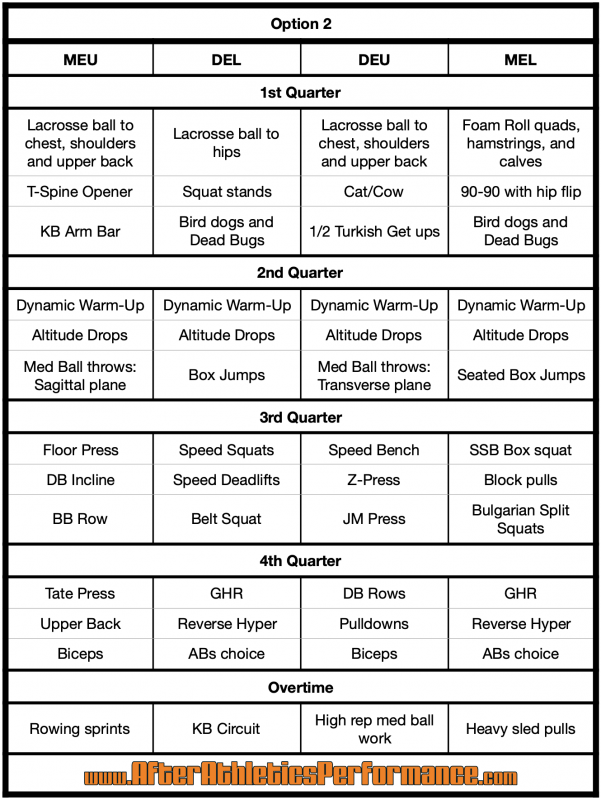
My yearly phases typically look like this:
- Work capacity and speed strength
- Hypertrophy and speed strength
- Strength-speed
- Pure strength/grinding
Just like with my athletes, I want to move the force-velocity curve – not just part of the curve, the whole curve. I must practice what I preach. You cannot just focus on pure strength 100 percent of the time. As much as we’d like to do so, that’s a quick way to burn out.










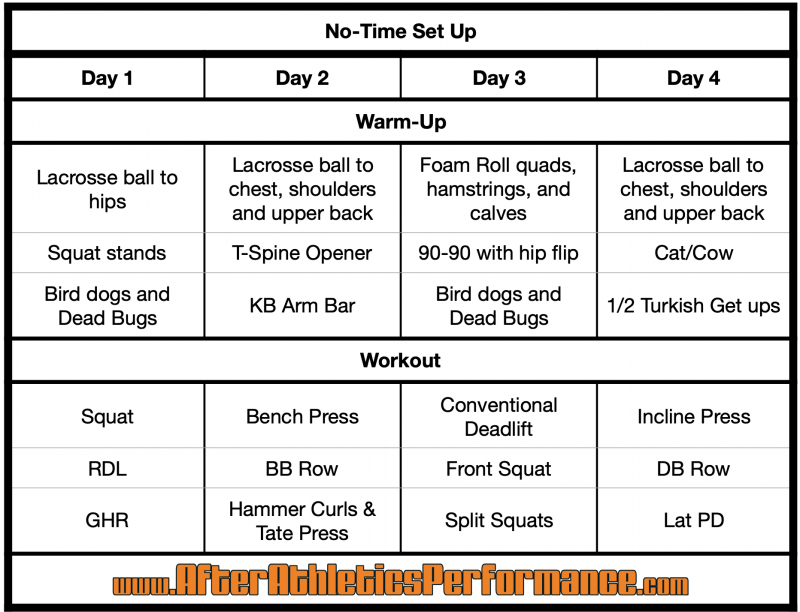
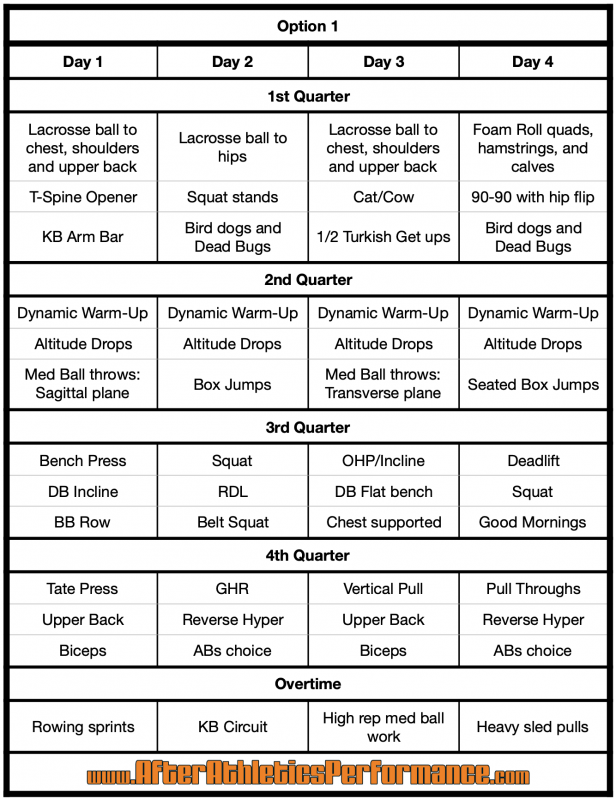
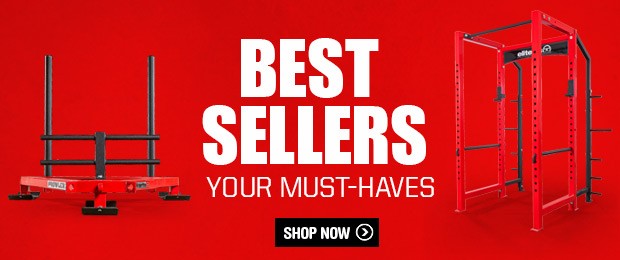
I have been following Prilepin's chart guidelines for training zones to achieve Optimal loading and reps, furthermore, using the Conjugate sequencing system programming along the whole FV curve-my athletes have been correcting their individual weakness and are more prepared to be that physically dominant athlete that coaches crave as the enter Pre-Season.
Kind regards,
Michael Smith
USA U/20 Rugby S&C Coach.